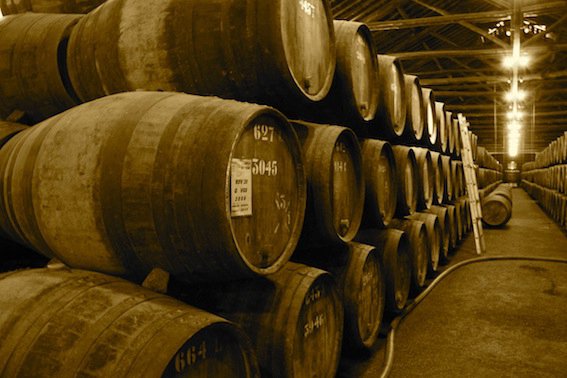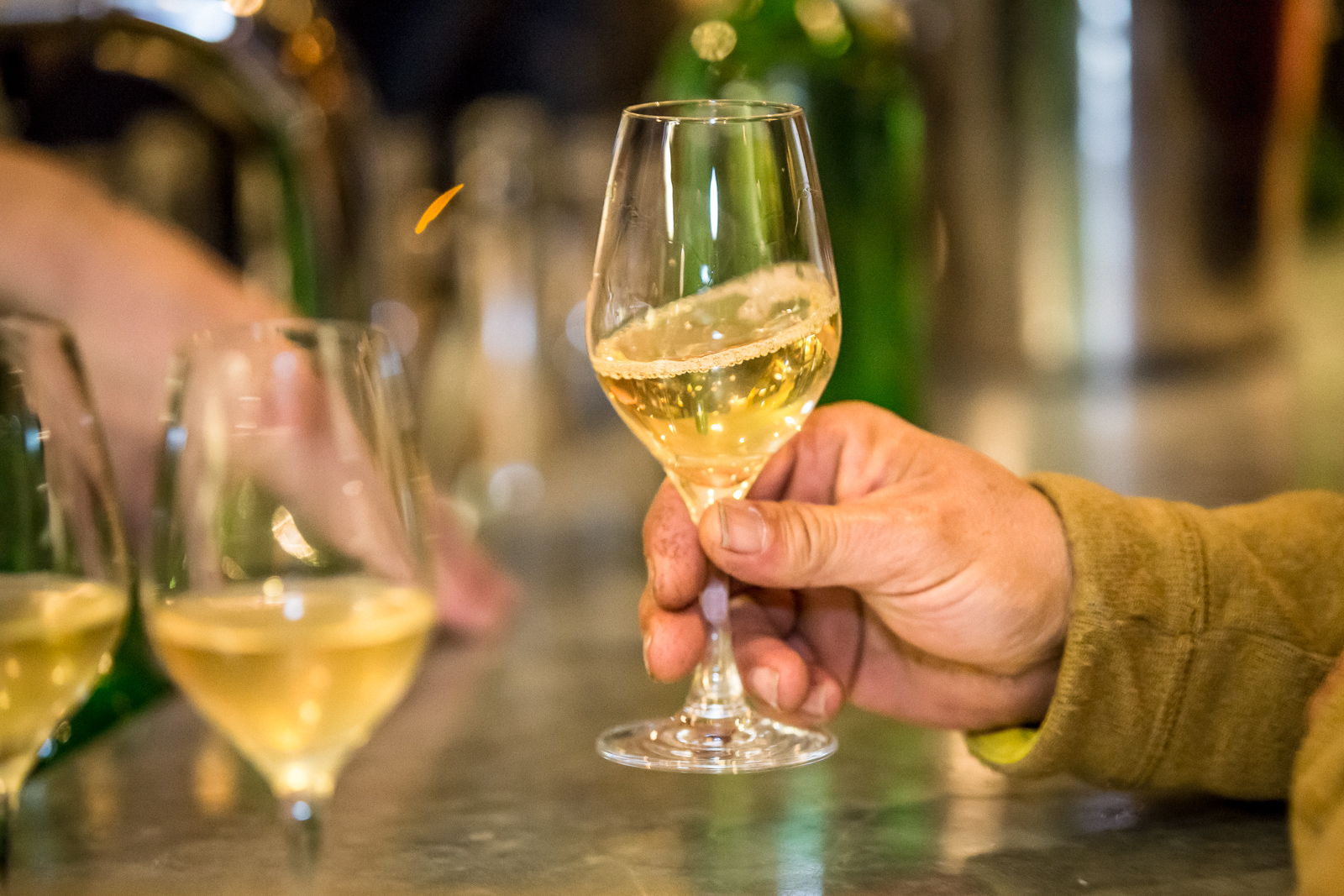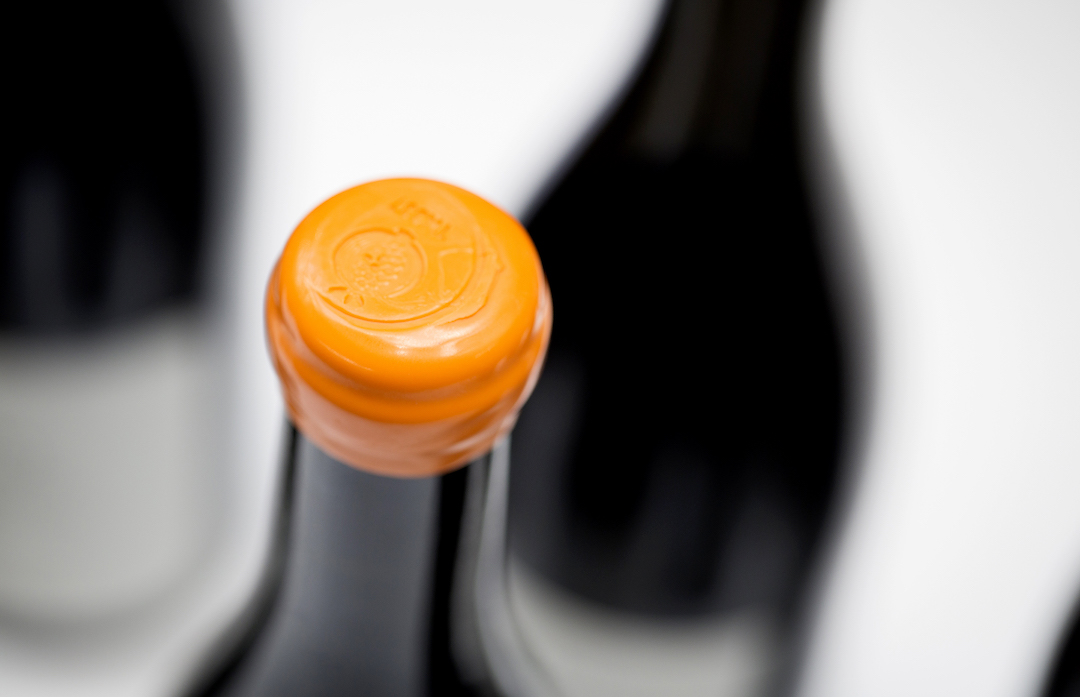Petrus – What is the wine about? Imagine a cathedral lit with every light and line focused on the high altar.
And on the altar, very reverently placed, intensely there, a stave of oak, a punnet of blackcurrants and the gospel according to Robert Parker.
(With apologies to HG Wells)

Bernard: The older the wine, the gooder it is.
Manny: The more expensive the wine the gooder it is.
–Black Books
An old-fashioned definition of wine appreciation might revolve around the ability to appreciate why some wines appreciate in value. It has always been about the attribution of importance – and status. Over the years this notion has evolved from the idea of aristocratic origin to a kind of nouveau riche critical regard. (Yes, I’m simplifying, but think of the history of Bordeaux wine classification and Parkerisation as the twin pillars of cultural wine certainty).
Garage wine used to be a description of a wine made in a garage. Now it refers to a wealthy chateau that has a garage big enough to house a fleet of limos. –The Alternative Wine Glossary
A cult is suggestive of slavish, unquestioning worship, also a Pavlovian response to the name, or the idea, of something. Wines acquire cult status because their reputation precedes them noisily. Sometimes the respect is merited, sometimes it is more a question of the Emperor’s new clothes, in that everyone has to be seen to be sheepishly agreeing about a quality assessment.
Columbo: I want you to teach me everything you know.
Wine Expert: It took me forty years to acquire my expertise.
Columbo: Well, what can you do in an hour and a half?
Wine Expert: Oh, just the very basics.
Columbo: Let’s start with this–How can you tell a good wine from an average wine?
Wine Expert: By the price.
–Any Port In A Storm
Icon
You can’t spell iconic without I con…
An icon is a religious work of art, an image or a symbol. It is also the most vapid single piece of jargon in the wine lexicon. One definition of an icon wine is that it is “a little-bread-and-a-lot-of-circuses-wine”. A wine which reaches for the volume knob. Oenological tropes tend to be used to layer on theoretically-desirable flavours and textures (by means of 100% new oak, micro-oxygenation, spinning cones and various techniques of tannin management) in order to give a seemlier cut to the emperor’s exceedingly bulky new raiment. The presence of new oak serves to make the wines more expansive (possibly) and, by definition, certainly more expensive, conferring pseudo-gravitas in spades to the whole production. Made by, and made for, extracto-philiacs who don’t mind when the maquillage masks the beauty of the terroir and prefer to put their money where the mouthfeel is. Also, as in “icon-not afford to drink these wines” and “icon-not ever envisage wanting to do so”.

A more classic definition of icon wine is one that acquires its elevated status, not through pure aesthetic appreciation, but via a coefficient taking account of cost, potential, aura…The wine is thus set apart, trading on bubble reputation and price. Even the word icon is objectionable – it sets the wine up as a quasi-religious curio, its aesthetic value index-linked to its value, so to speak. It doesn’t matter in the least whether the wine looks and tastes like treacle, or whether the semblance of fruit peeking out humbly through the interstices between the bars of the noble oak prison that houses it will never see the light of glass.
A spoofy £300 icon wine may exhaust my palate and patience after a single glass. Where’s the value in that – other than I may dine off my chronic iconic disappointment for years to come? The value of the wine is not the label, nor the Parker points, nor the money that has been spent on marketing the estate, but rather the love, care and attention that has been poured into the wine from tending the vines to nurturing the wine through its fermentation.
An icon is a religious work of art, an image or a symbol. It is also the most vapid single piece of jargon in the wine lexicon.
Flagship wine and even flagship wine grapes are further examples of rhetorical tropes that creep into the language. The meaning has moved away from the lead ship in a flotilla and now serves to mean a wine of any certain reputation. Each estate will want to have a flagship wine or to be associated with a particular grape, which suggests that reputation – once acquired – is set in stone forever. Time, effort and money are invested in building the image of a single wine – one wine to rule them all…
Mots pressés, mots sensés,
mots qui disent la vérité, mots maudits, mots mentis,
mots qui manquent le fruit d’esprit
–Wordy Rappinghood, The Tom-Tom Club

Even the world of natural wines has its cultural icons. Combine perceived unobtainability (the allocation wine) with lashings of bohemian street cred and you have a potent combination. Iconic natural wines become counter-brands; the often-extrovert personality of the vigneron, an unswerving dedication to an idea or wine philosophy, the use of clever labels or packaging help to raise awareness about the wines. The rest is Instagram and the natural wine network (wine fairs and wine bars throughout the world). The iconic natural wines may be amazing and worth the hoop-la, or like their conventional cousins, all-mouth-and-no-trousers. The proof is always in the tasting.
The value of the wine is not the label, nor the Parker points, nor the money that has been spent on marketing the estate, but rather the love, care and attention that has been poured into the wine.
There are rare, hand-crafted wines that are the results of stunning terroir, extraordinary circumstance, oenological bravery or great patience. There are wines that are real one-offs, that can never be replicated because the human being involved allows nature (in effect) to be the winemaker. These wines evoke reactions, sensations and transcendent feelings in the drinker. The wines that do this is are rarely cult wines, iconic ones; they speak a language beyond money and status.

